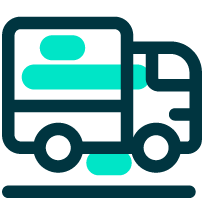Rent–Try–Buy
Choosing the right conveyor toaster can be tricky. And what if your business quickly outgrows the equipment, or changes direction and needs different equipment?
Rent–Try–Buy solves this problem by allowing you to try the equipment before deciding whether to buy it. The manageable weekly rental payments also help your business maintain a positive cash flow.
May suit you if you’re…
- A new or established business
- After $1,000 or more of equipment funding
- Looking to try the equipment before deciding whether to buy it, including items you're not sure about or think you might quickly outgrow.
Key features
- Flexible, 12-month rental agreement
- Manageable, weekly rental payments
- Upgrade or buy the equipment at any time
- If you buy, get back 75% of your net rental payments — to put towards the purchase price
- Continue renting or return equipment after 12 months
- Rental payments are 100% tax deductible."














